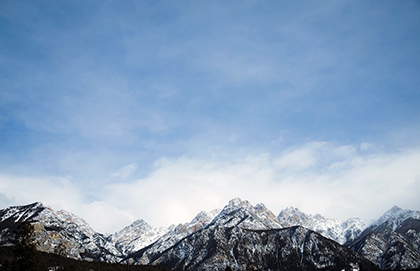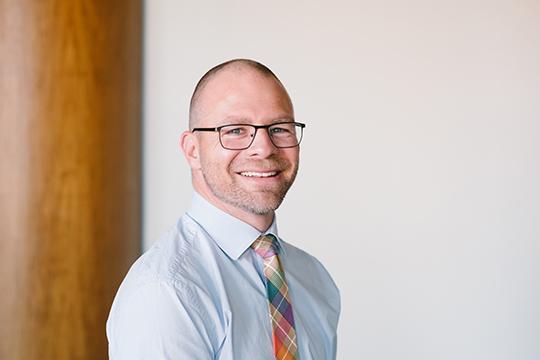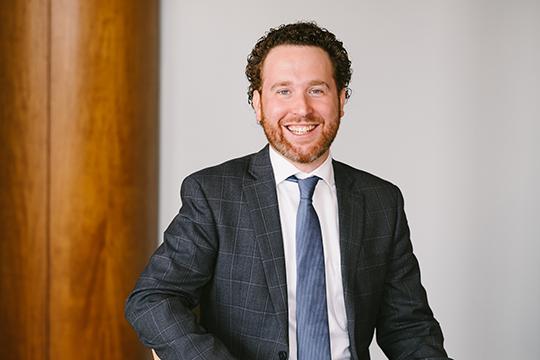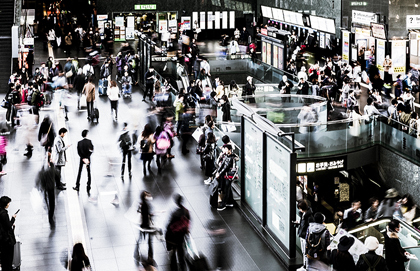Most court decisions are a zero-sum game. One side’s win is the other’s loss. But this was not the result last week at the B.C. Supreme Court in Nanaimo. Both sides, and the public, lost in Servatius v. Alberni School District No. 70.
In this case, one side wanted smudging ceremonies, and Indigenous dance and prayer allowed in public schools. The other did not.
The local school board argued the ceremonies are a path to reconciliation – familiarizing non-Indigenous students with an Indigenous perspective, while giving Indigenous students a sense of belonging. For context, one-third of the students in the Alberni School District are Indigenous and a residential school, located four kilometres down the road, only closed in 1973.
The plaintiff cited a school letter sent to parents detailing the spiritual nature of the ritual, which she argued infringed upon her nine-year-old daughter’s religious freedom – imposing a spirituality contrary to their Christian faith. The judge disagreed.
The ruling concluded that no one’s religious freedom was violated. Siding with expert testimony from the Nuu-chah-nulth Tribal Council (NTC) – representing approximately 10,000 members of 14 different Nuu-chah-nulth nations along the west coast of Vancouver Island – the judgment stated that smudging is merely a cultural not religious practice.
Clearly, the Alberni School District (and NTC and Attorney General) won.
Or did they?
Keenly aware of Canadian courts' inconsistent protection of Indigenous religious freedoms, the NTC downplayed any religious connotations. For this specific case, that proved to be a winning strategy. But their “victory” comes at a great price – to Indigenous Canadians, specifically, as well as all Canadians.
Divorcing a spiritual practice from its religious meaning is problematic and, frankly, a forcible whitewashing of something deeply and fundamentally complex.
First, many Indigenous people view smudging as an inherently religious act; some don’t. Others don’t think the two categories can be separated at all. Take, for example, Indigenous Christians whose worship of Christ involves smudging and other practices. A recent case south of the border shows how simple categories don’t fit the realities on the ground.
Second, what happens when courts determine that, based on the precedent of this decision, other spiritual practices and experiences are not “religious” but merely “cultural” or “traditional,” and therefore not protected under the Charter? How different is this from describing a hijab, yarmulke, turban, or crucifix simply as “something you wear?"
If that happens, it will be harder for Indigenous peoples and others (including Christians) to win religious freedom cases at the Supreme Court in the future. That is in no way a “win."
Similarly, the opposing argument undermined freedom of religion in education, by essentially opposing the practice of religion in public schools – citing the state’s duty of neutrality. Essentially, they argued to keep all religion out of schools, which only reinforces the myth that "secular" public schools are "neutral" on issues of religion.
Public education, like society at large, is anything but neutral on religious issues.
We have long since moved from neutrality to closed secularism. Forgetting that freedom of religion is the first freedom – first in history, first in the Charter, and first in guaranteeing all other freedoms – we have been led to believe the only appropriate law or public policy is closed secularism: strict adherence to freedom from religion.
It is unfortunate that on religious grounds (of all things!) one would advance such an argument. Closed secularism breeds intolerance. Polling data consistently shows that Canada’s least religious are the least tolerant of the views, presence, and contribution of Canadians whose beliefs are different from their own.
Public schools – and all public life in Canada – ought to reject closed secularism and embrace deep pluralism.
Deep pluralism means respecting different beliefs and their expression in public society. Privatizing and excluding religious belief from the public square only narrows and diminishes our public debate and our ability to embrace a shared life together as citizens.
Envisioning a better way of educating where we share, discuss, and respectfully challenge each other's beliefs in pursuit of deeper understanding is important. To be a free society, we must allow for genuine pluralism, in religion and public education.






